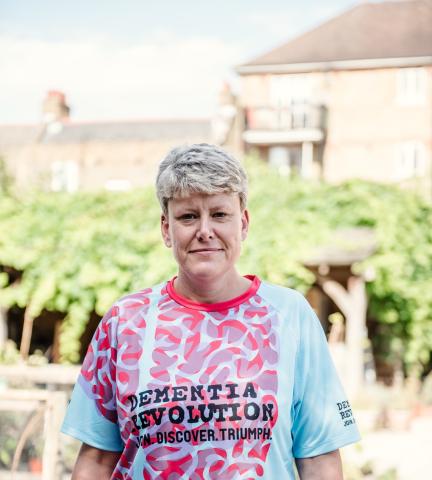Abstract
J Virus Erad. 2024 Jun 13;10(2):100381. doi: 10.1016/j.jve.2024.100381. eCollection 2024 Jun.
ABSTRACT
OBJECTIVE: Antiretroviral therapy (ART)-conferred suppression of HIV replication limits neuronal injury and inflammation. ART interruption tests efficacy in HIV cure trials and viral rebound after ART interruption may induce neuronal injury. We investigated the impact of protocol-defined ART interruption, commenced during primary HIV-1 infection (PHI) on a biomarker of neuro-axonal injury (neurofilament light protein (NfL)), and its associations with inflammation (D-dimer and interleukin-6 (IL-6)) and HIV-1 reservoir size (total HIV-1 DNA).
DESIGN: Retrospective study measuring plasma NfL in 83 participants enrolled in SPARTAC randomised to receive 48-weeks ART initiated during PHI, followed by ART interruption.
METHODS: NfL (Simoa immunoassay, Quanterix™) was measured before ART, after 48 weeks on ART, and 12 weeks after stopping ART. Plasma D-dimer and IL-6, and total HIV-1 DNA in peripheral CD4+ T-cells results were available in a subset of participants. Longitudinal NfL changes were assessed using mixed models, and associations with clinical and laboratory parameters using linear regression.
RESULTS: NfL decreased following 48-weeks ART (geometric mean 6.9 to 5.8 pg/mL, p = 0.006) with no further significant change up to 12-weeks post-stopping ART despite viral rebound in the majority of participants (median 1.7 to 3.9 plasma HIV-1 RNA log10 copies/mL). Higher baseline NfL was independently associated with higher plasma HIV-1 RNA (p = 0.020) and older age (p = 0.002). While NfL was positively associated with D-dimer (n = 48; p = 0.002), there was no significant association with IL-6 (n = 48) or total HIV-1 DNA (n = 51).
CONCLUSIONS: Using plasma NfL as a surrogate marker, a decrease in neuro-axonal injury was observed in a cohort of participants following ART initiation during PHI, with no evidence of neuro-axonal injury rebound following ART interruption for up to 12 weeks, despite viral rebound in the majority of participants.
PMID:38988673 | PMC:PMC11234014 | DOI:10.1016/j.jve.2024.100381
UK DRI Authors

